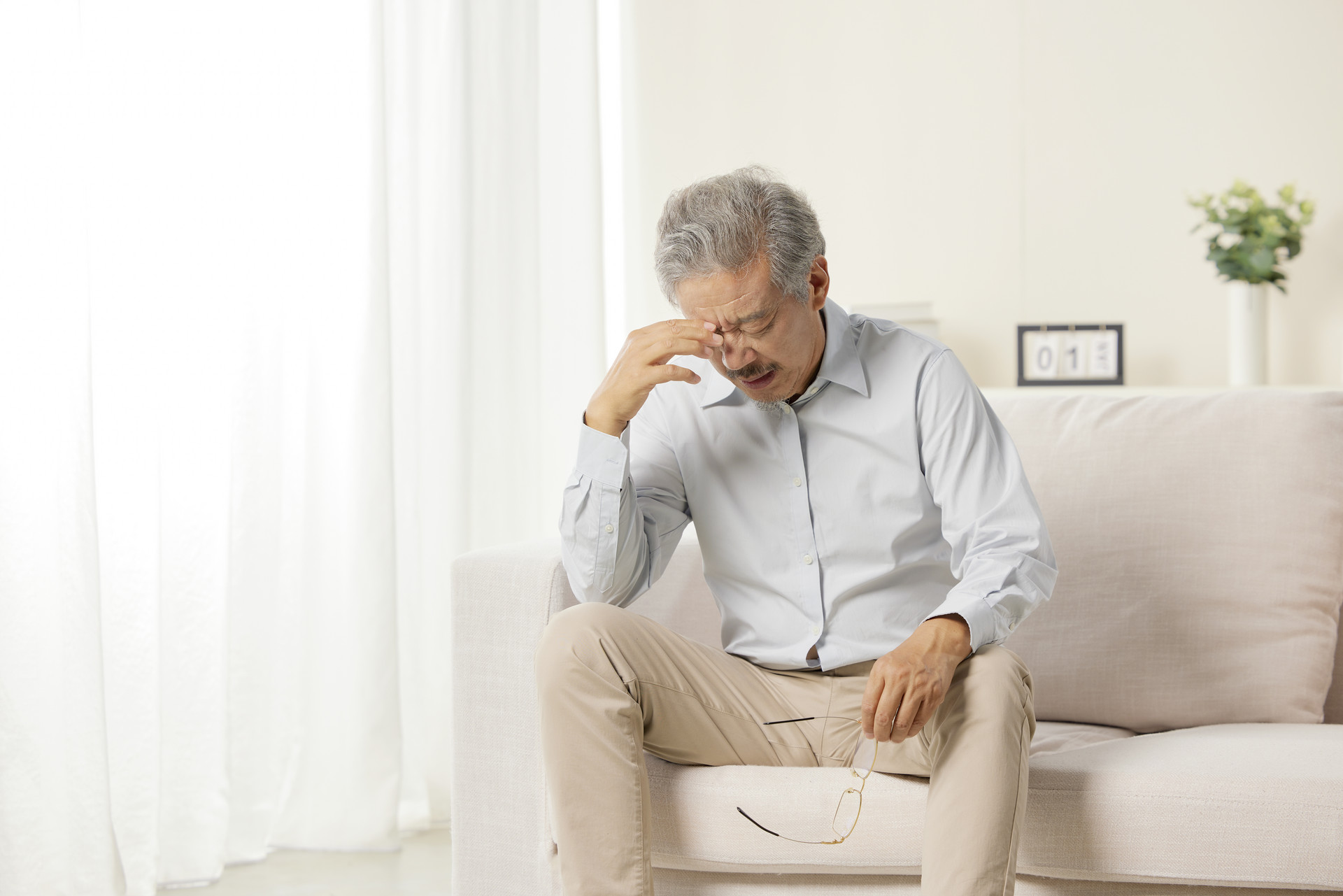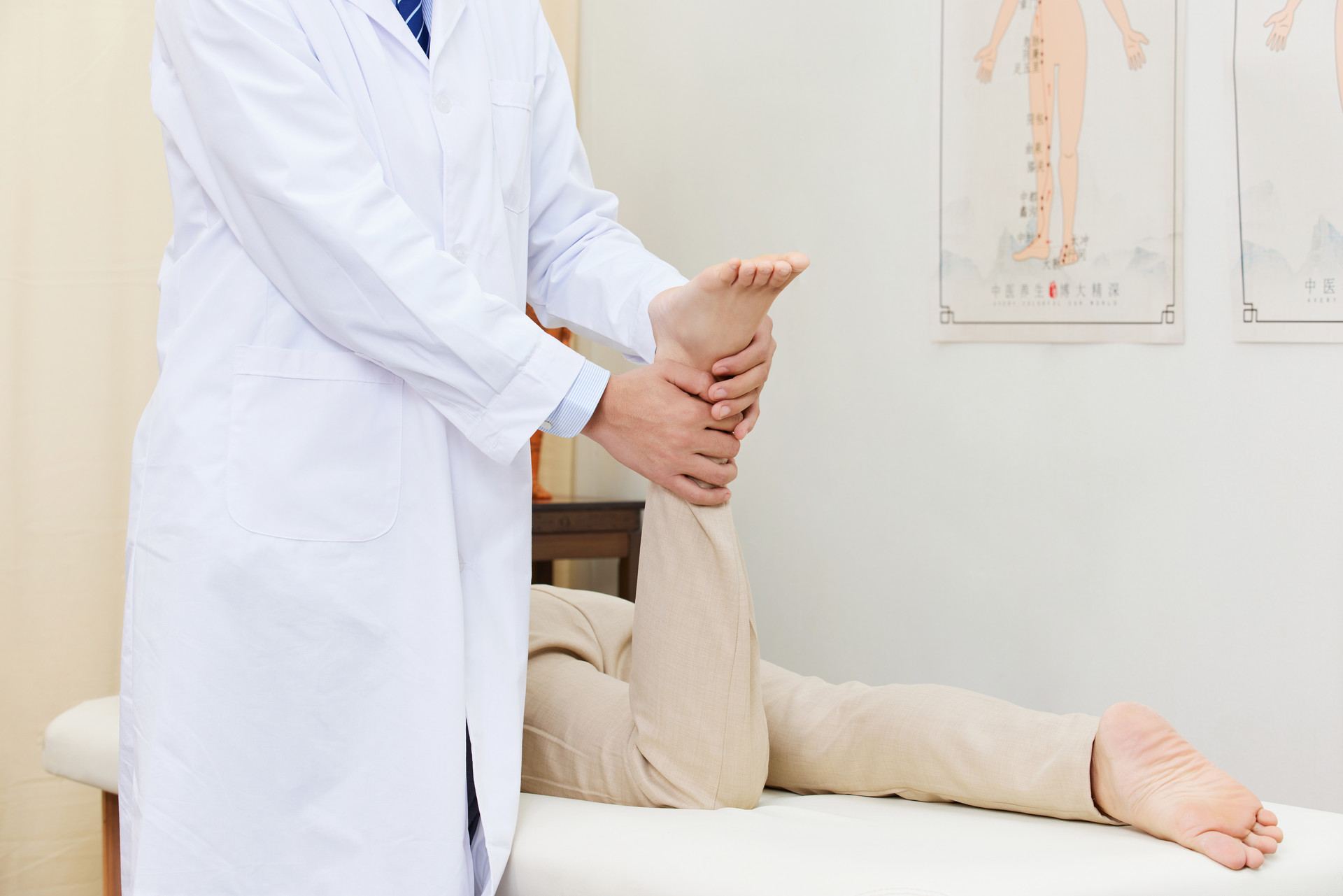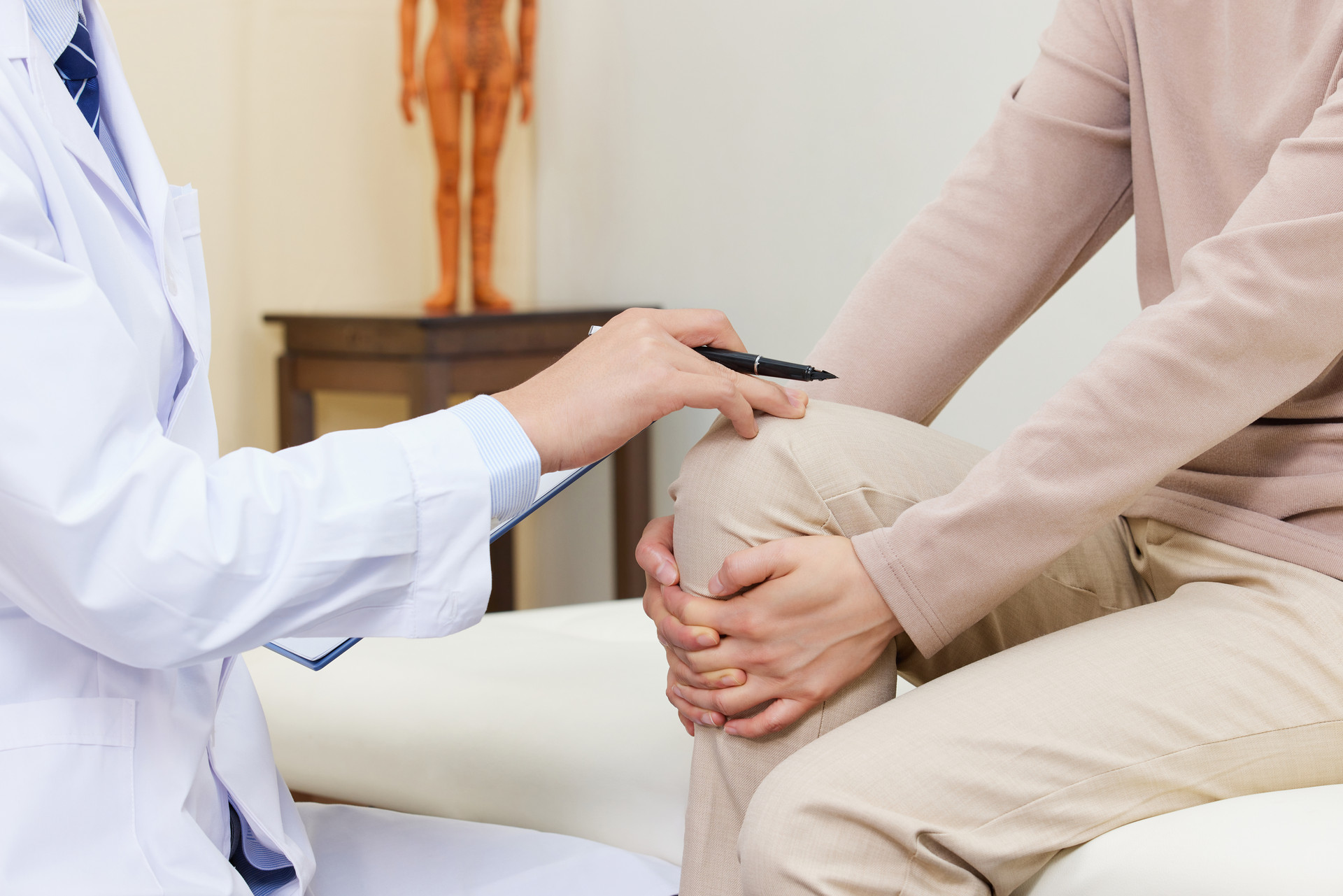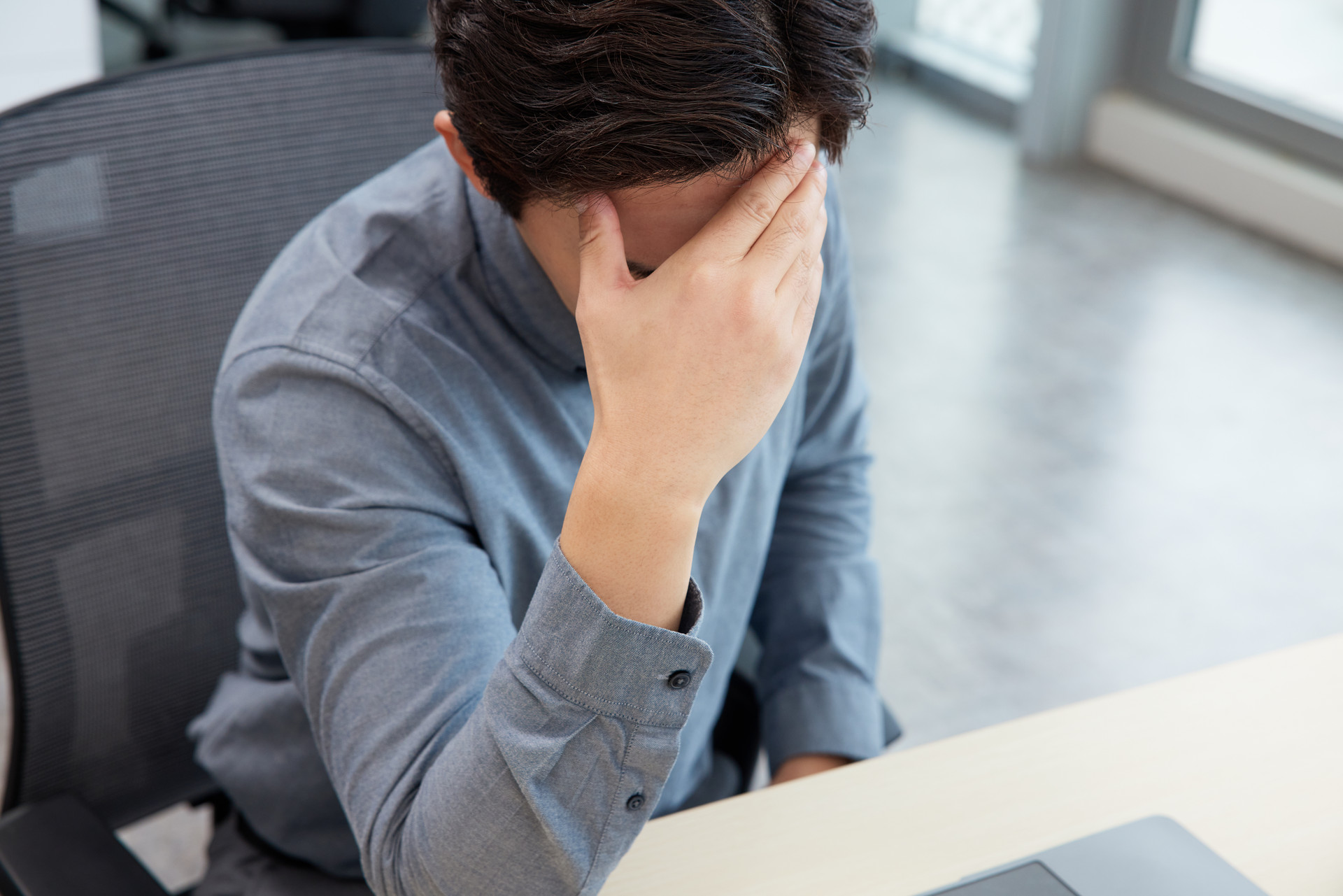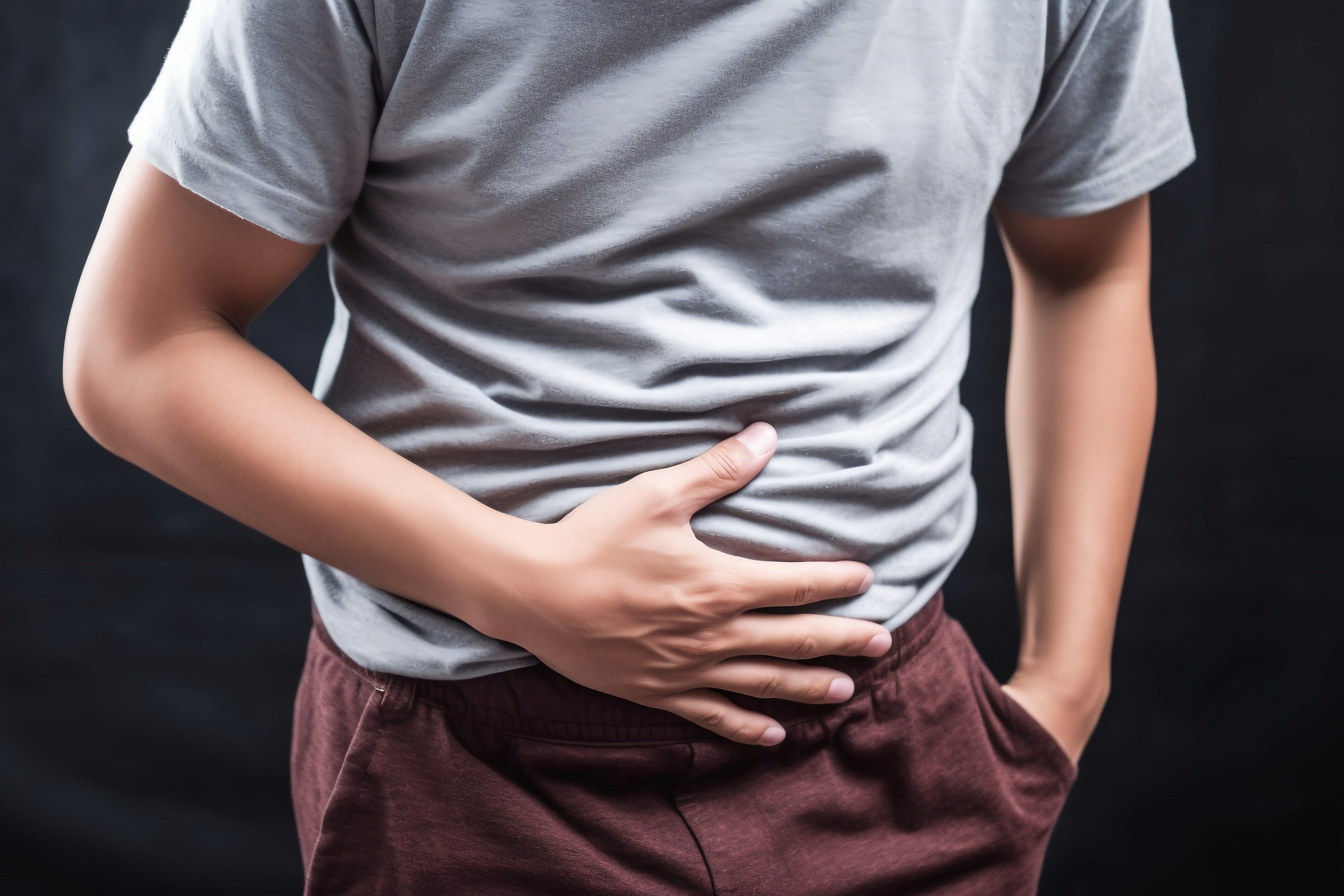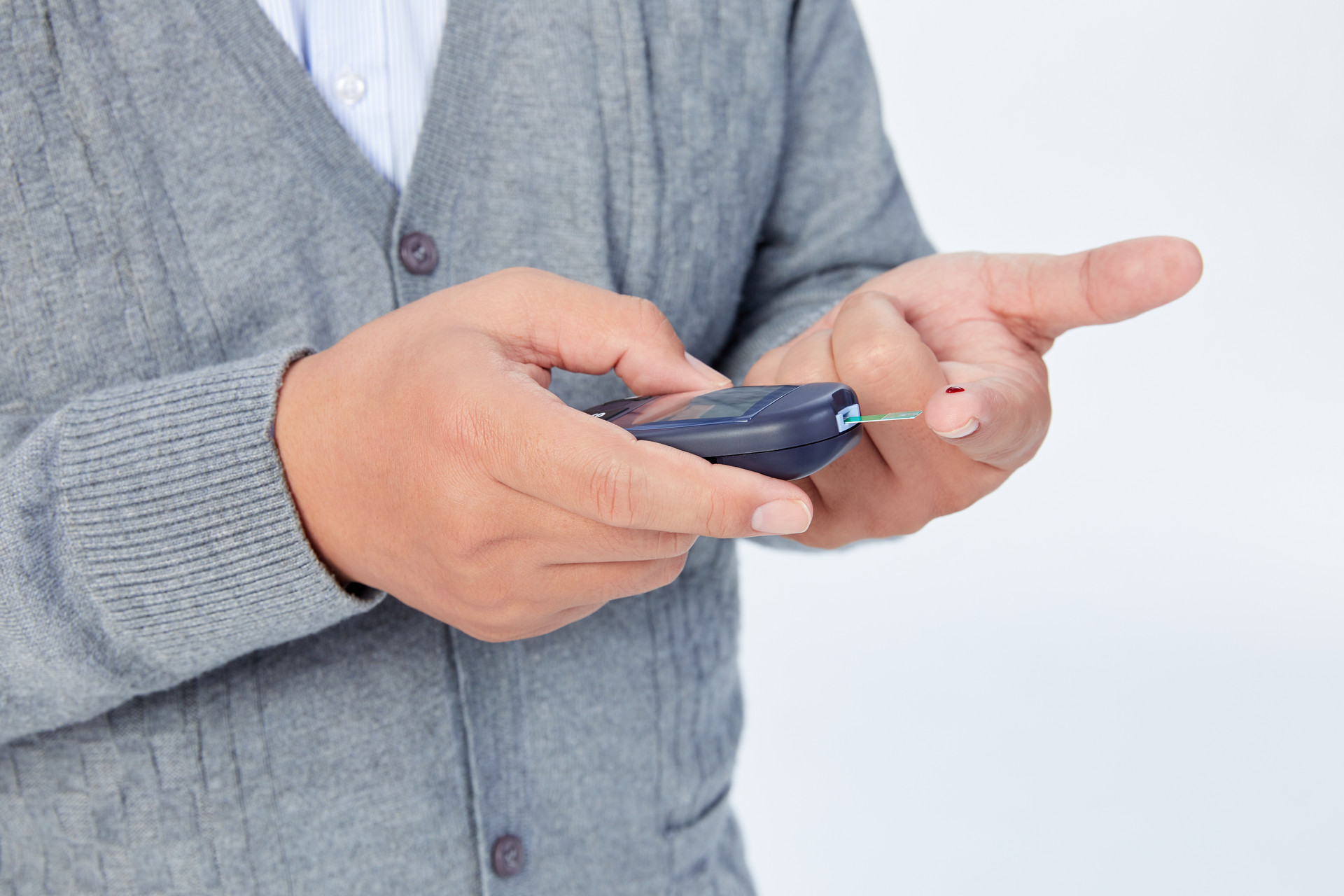Premature ejaculation, whether functional or organic, the focus of treatment is on prevention. Both partners should strengthen their sexual knowledge, understand the physiological differences between female and male orgasms, and not blame the male partner if premature ejaculation occurs occasionally. Once premature ejaculation becomes significant, both partners should be understanding and actively seek treatment.
According to traditional Chinese medicine, premature ejaculation is related to various factors, with the closest relationship being between deficiencies (kidney, heart, and spleen deficiencies) and liver-gallbladder damp-heat. In traditional Chinese medicine, the kidney corresponds to the reproductive and endocrine systems (storing and producing essence) and is closely related to the anterior and posterior yin of the body. Insufficient congenital factors or excessive masturbation can lead to kidney deficiency, which results in uncontrolled ejaculation (unstable essence gate). Overuse of the brain or mental exhaustion can damage the heart and spleen, leading to insufficient qi and blood circulation, qi and blood deficiency, and ultimately causing premature ejaculation.
The liver meridian branches pass through the anterior yin and gather at the penis. Its qi and blood are regulated by the liver (which regulates the tendons). Therefore, depression and anger can cause liver fire (also known as excessive fire) to agitate the place where essence is stored (essence chamber), leading to loss of essence and premature ejaculation. Overconsumption of fatty and sweet foods, excessive alcohol consumption, or invasion of damp-heat pathogens from external sources can disturb the essence chamber by impacting the kidneys' ability to store and seal, resulting in premature ejaculation. Fear or kidney damage can cause instability in the essence gate and premature ejaculation. If the mood is not pleasant and there is depression, it can damage the liver's ability to regulate, leading to loss of control in sealing and storing, and resulting in premature ejaculation.
In the treatment of premature ejaculation, traditional Chinese medicine uses acupuncture points in addition to prescribing herbs based on pattern differentiation, such as excessive fire, deficient kidney yang, deficient kidney yin, and deficient heart and spleen. Acupuncture points commonly used include Kidney Shu, Guan Yuan, Qi Hai, Yong Quan, San Yin Jiao, and Ming Men. Generally, once daily or every other day, each session lasts for 30 minutes. The above acupuncture points can be used interchangeably, with 10-14 sessions as one treatment course. Ear acupuncture also has certain therapeutic effects. Ear acupuncture can be done on points such as Kidney, Palace of Essence, Shen Men, and Endocrine. Two to three points are selected each time, and the needles are embedded in the skin or ear seeds are taped and pressed, with a replacement every 3-5 days.
Acupressure massage is also a home health care method. Here are several acupressure massage techniques:
- Self-care method: Pressing on both sides of San Yin Jiao, alternating between the two sides, while doing abdominal tightening and anal contraction exercises. 1-2 times per day, 30-40 minutes each time.
- Sitting position method: The patient sits with eyes closed and relaxes, using points such as Shang Xing, Bai Hui, Tong Tian, Jian Jing, Zhong Fu, Shen Men, and Lao Gong, applying techniques such as pressing, rubbing, kneading, grasping, and trembling. 30-40 minutes each time.
- Prone position method: The patient lies prone with the waist belt loosened, closes the eyes, and relaxes the whole body. Points used include Xin Shu, Gan Shu, Shen Shu, Ming Men, Yang Guan, Huan Tiao, Kun Lun, and Wei Zhong. Techniques used include pressing, rubbing, kneading, tapping, and trembling. Treatment for 30-40 minutes daily, 5 times per week, persisting for 1 month.
- Supine position method: The patient lies supine with eyes closed and relaxes the whole body. Points used include Zhong Wan, Qi Hai, Guan Yuan, Zhong Ji, Tian Shu, Zu San Li, San Yin Jiao, and Yong Quan. Techniques used include pressing, rubbing, kneading, and cutting. 30-40 minutes each time, 5 times per week, persisting for 1 month as one treatment course.


